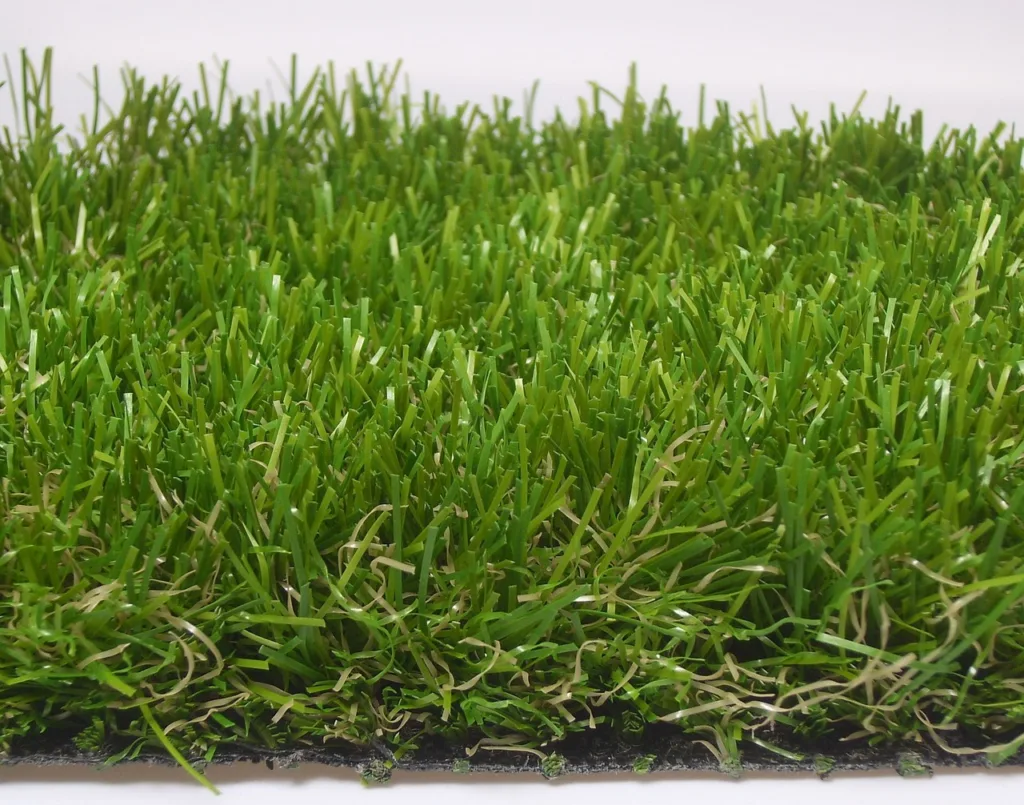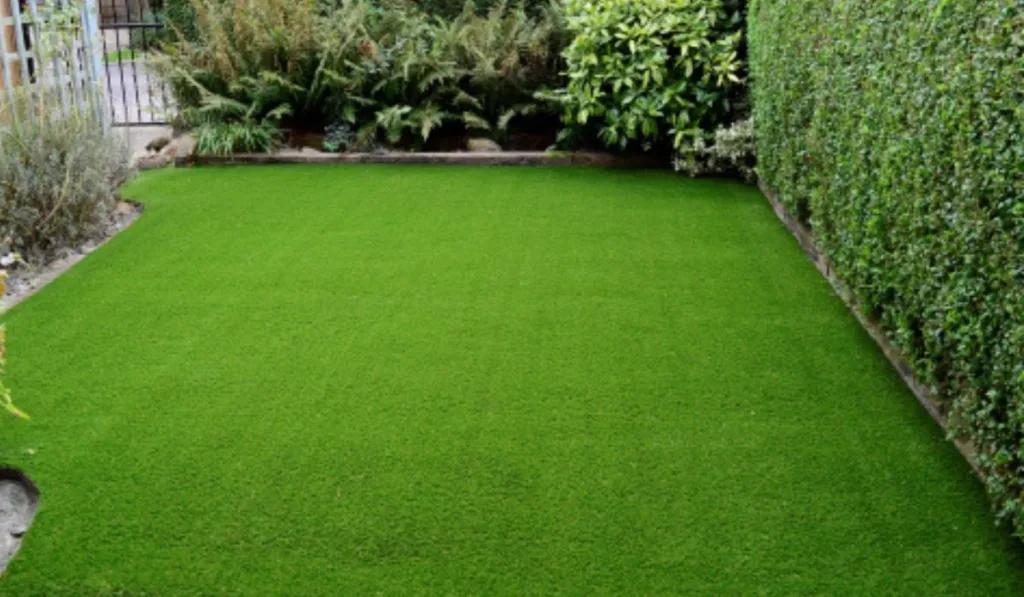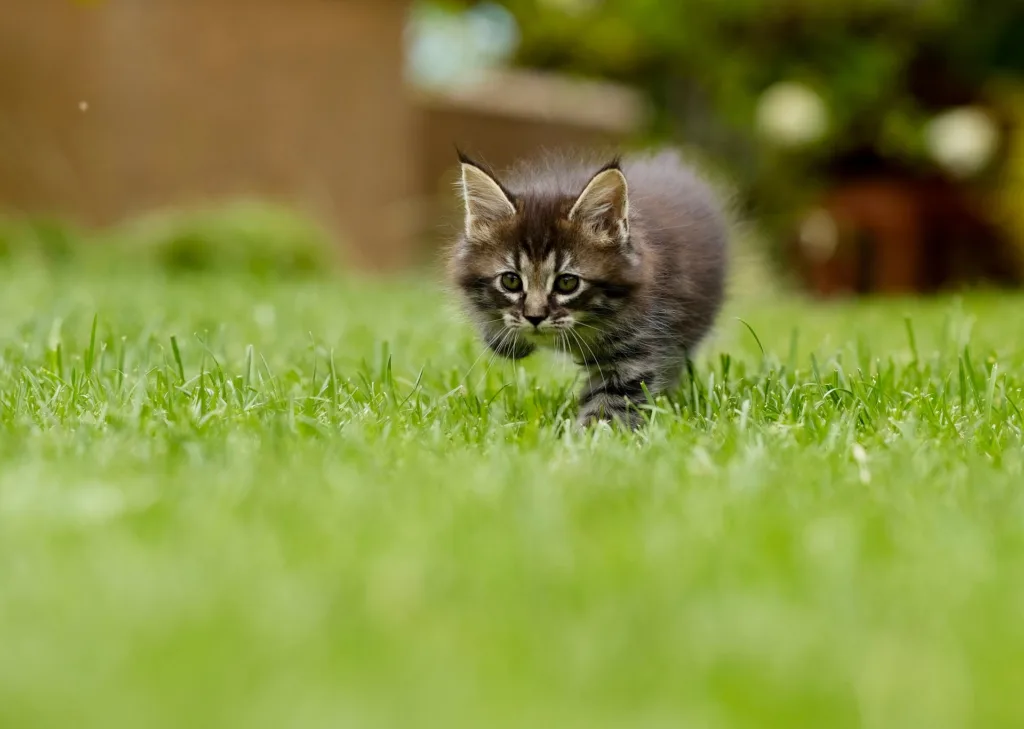Artificial grass has become increasingly popular in recent years as a low-maintenance option as compared to natural grass lawns.
It offers several benefits such as water conservation and the elimination of the need for mowing. However, like any other product, it also has a few drawbacks.
In this article, we will discuss the advantages and disadvantages of artificial grass and help you determine if it is the right choice for your outdoor space.

The Pros
1. Low Maintenance
One of the most appealing aspects of artificial grass is its low maintenance requirements. Unlike natural grass, artificial turf does not need to be mowed, watered, or fertilized regularly. This can save you time and money in the long run, making it an attractive option for busy homeowners.
- No need for mowing or trimming
- Minimal watering required
- No need for fertilizers or pesticides
2. Durability
Artificial grass is known for its durability and longevity. It can withstand heavy foot traffic, harsh weather conditions, and even the antics of pets and children. This makes it an ideal choice for areas that see a lot of activity, such as backyard play areas or sports fields.
3. Water Conservation
In today’s world where water scarcity is a growing concern, artificial grass offers a sustainable solution. By eliminating the need for regular watering, artificial turf helps conserve water resources and reduces your overall water consumption.
4. All-Year Round Appeal
Unlike natural grass which can turn brown and patchy during certain seasons, artificial grass maintains its lush green appearance year-round. This means you can enjoy a beautifully manicured lawn no matter the weather or time of year.
5. Environmentally Friendly
While some may argue that artificial grass is not as eco-friendly as natural grass, some factors make it a more sustainable option.
For example, the elimination of mowing reduces carbon emissions, and the lack of need for pesticides can protect the environment and wildlife.

The Cons
1. High Initial Cost
One of the main drawbacks of artificial grass is its high upfront cost. While the initial investment can vary depending on the quality and size of the turf, it is generally more expensive than natural grass. However, it is important to consider the long-term savings in maintenance and water bills.
2. Limited Lifespan
Although artificial grass is durable, it is not indestructible. Over time, the fibers can wear down, especially in high-traffic areas. Depending on the quality of the turf and the amount of use it receives, you may need to replace it every 10-15 years.
- Regular maintenance is required to extend the lifespan
- Potential for fading or discoloration over time
3. Heat Retention
One common complaint about artificial grass is that it can become hot to the touch, especially in direct sunlight. This can make it uncomfortable for barefoot walking or playing, particularly in areas with high temperatures.
4. Not Biodegradable
Unlike natural grass which decomposes and adds nutrients to the soil, artificial grass is not biodegradable. When it reaches the end of its lifespan, it can be difficult to dispose of responsibly. This raises concerns about its environmental impact and sustainability.
5. Artificial Appearance
While modern artificial grass looks more realistic than its predecessors, some people still prefer the natural look and feel of real grass. The uniform texture and color of artificial turf may not appeal to everyone, especially those who value the authenticity of a natural lawn.

Is Artificial Grass Worth It?
Deciding whether or not artificial grass is worth the investment will depend on your individual preferences and needs.
If you have limited time or simply don’t want to spend it on lawn care like watering, fertilizing, reseeding, mowing, and more, then faux grass could be the perfect solution for you.
It’s also great for smaller patches of lawn where you want beautiful year-round green grass without the effort.
However, it’s important to keep in mind that artificial grass gets hot and will cost more to install upfront. Therefore, it’s essential to weigh the pros and cons of artificial grass before making a final decision that’s right for you, your family, and your furry friends.
Conclusion
Artificial grass offers a range of benefits such as low maintenance, durability, water conservation, and year-round appeal.
However, it also comes with drawbacks like high initial cost, limited lifespan, heat retention, non-biodegradability, and artificial appearance.
Before deciding whether to install artificial grass, it is important to weigh these pros and cons carefully and consider your specific needs and preferences.
Ultimately, the choice between artificial grass and natural grass will depend on your priorities and what you value most in a lawn.
Frequently Asked Questions
What is a negative of fake grass?
- One negative aspect of fake grass is the initial cost, which can be higher than natural grass. Additionally, some people may find that artificial grass lacks the authentic look and feel of real grass.
Is it worth it to buy fake grass?
- Whether it’s worth buying fake grass depends on individual preferences and needs. Artificial grass is worth considering for those seeking low-maintenance, year-round greenery, and water conservation. However, factors such as the upfront cost, potential heat absorption, and environmental concerns should be weighed against the benefits.
What is the lifespan of artificial grass?
- The lifespan of artificial grass varies depending on factors such as quality, maintenance, and usage. High-quality artificial grass, when properly cared for, can last between 15 to 25 years. Regular cleaning, brushing, and avoiding activities that could damage the turf contribute to its longevity.

